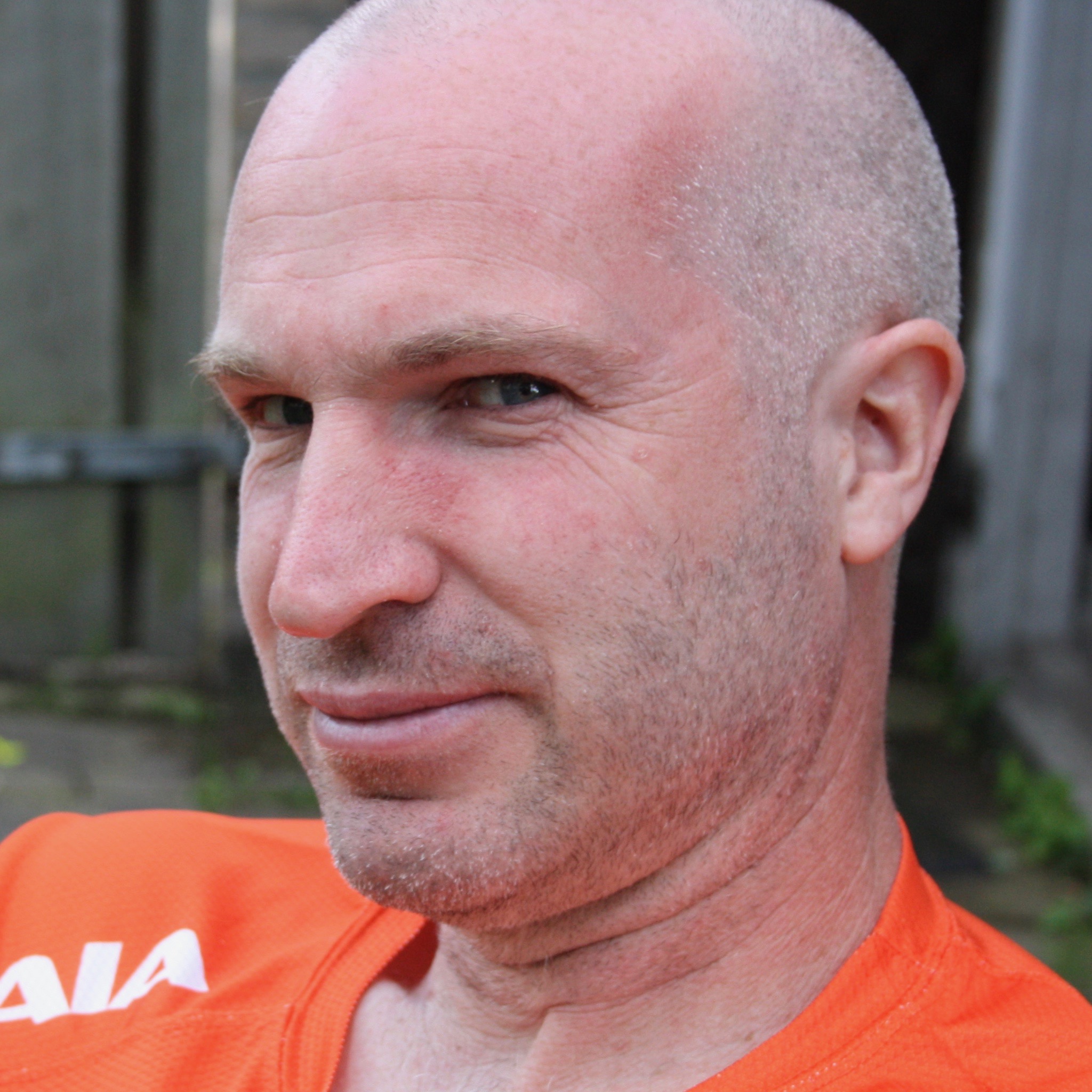Sometimes, halfway through reading a paper, I wonder if the editors have been Sokaled (if this is not a word, it really should be), fooled by a vaguely scientific-sounding parody. This is one of those occasions. Lorenzo Maccone, an itinerant physicist currently residing at MIT, has published a paper that claims to solve one of the trickier problems facing physics: why does time have a direction?
Backing up a bit—all the laws of physics are time agnostic. You can run time forward or backwards, and it makes no difference at all. Literally, as far as physics is concerned, there is no reason why we experience time in the direction we do.
The exception to this rule is entropy, which always increases in a closed system. Entropy is based on irreversible physical processes, where running time backwards doesn't get you back to where you started, despite the fact that there are no physical laws that allow this to occur. So, although we observe experimentally that entropy always increases, there are no known irreversible processes that can drive entropy.
Maccone has taken a slightly different view of this problem by looking at correlations. Imagine I do something that increases entropy slightly, and my wife observes the results of my actions and records the consequent increase in entropy—we will leave the fight over who should tidy up the mess out of the story.


 Loading comments...
Loading comments...
